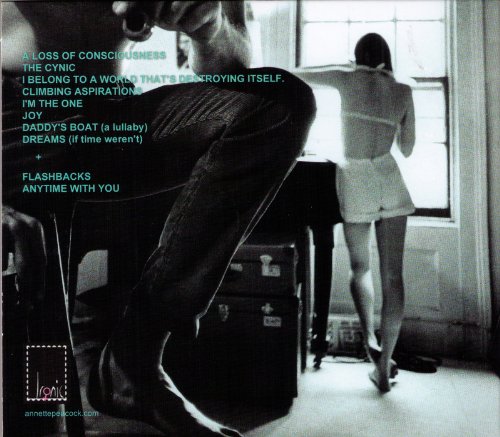How to be confident when dancing
How To Dance With More Confidence
Do you want to dance with more confidence? You should!
No matter how clean your pictures or how ~textured~ your moves are, you will not “slay,” “kill,” or “murder” anything unless you dance with more confidence.
The most captivating dancers are those who look comfortable in their own bodies and really commit to their performance.
So, how do you develop that confidence, then use it in your dancing? Check out these 6 tips to help you dance with more confidence!
1. Put in the work!
The more you work on yourself as a dancer, the more your confidence will naturally grow with your skills.
When you watch yourself get doper, feel how classes are easier, and become able to understand music more effortlessly – you're going to become more self-assured.
You can't be making all that progress and not feel good about it! Your results from your hard work will give you confidence and more motivation.
But even without the results, the hard work alone is something to be proud of.
“Know yourself and you will win all battles.”
– Sun Tzu
Winning first place or getting select group doesn't matter as much as how well you know yourself. Train. Learn. Trust yourself.
It’ll leave very little room for external factors to shake your confidence. Speaking of, what is your view of yourself?
2. Be “different, not better”
One of the most liberating things you'll realize about dance (or any art!) is that there is no “right” or “wrong.”
Yes, there's the technical parts of dance, but when it comes to personal style... You do you!
One way to dance with more confidence (especially when it comes to freestyling or making choreography) – is by embracing your right to be different.
If anything, feel encouraged to be original.
Get more inspiration to: Overcome Your Dance Fears And Live A Creative Life
So many dancers emulate their dance idols because they’re scared to develop their own. Or, they are unaware that they can develop their own style.
Or, they are unaware that they can develop their own style.
This doesn't just make their performance feel like a watered-down dance cover. It also comes at the price of their true style that was meant to shine.
"Always be yourself and have faith in yourself. Do not go out and look for a successful personality and try to duplicate it."
–Bruce Lee
When you find your own true voice, you’ll wear it so comfortably that it’ll be impossible for it not to look good.
If you struggle with feeling insecure about your dancing, this video will help.
"To be yourself in a world that is constantly trying to make you something else is the greatest accomplishment."
– Ralph Waldo Emerson
3. Remember your posture
Want a simple trick to executing your own or anyone else’s choreography with confidence?
Here it is: The right body posture.
Now, it’s not just about having your chest puffed and chin up. It’s about deciding what kind of character that the piece is meant to portray.
Confidence looks different in different contexts. Some pieces or styles (for example, waacking) call on you to stand tall with your shoulders back and focus up.
Mmph, powerful and sexy. But other pieces (for example, a smooth r&b piece) may look awkward with such an upright stance.
Setting your focus at eye level or lower would look more inviting and conversational than projecting up would.
Finding the posture that fits the piece well is going to help you embody the mood of the piece, making your performance look more natural and confident.
Wanna get even more specific than posture?
4. Play a part
This might come as a surprise...
But…
You don’t have to actually be a confident person to dance confidently. All of us have insecurities, in and outside of dance.
The great part of performing is that you can forget about those things for a second and be someone else. Literally. You can play a different person.
When you perform a piece, listen to the song and let your mind design the entire story.
Ask yourself, “What is this person feeling? Thinking? What do they want? What situation are they in??"
Specifying the role will make it easier to perform with the posture, facials, and mannerisms that this character has.
“When you believe in a thing, believe in it all the way, implicitly and unquestionable.”
– Walt Disney
5. Get immune to messing up
Mistakes are blessings in disguise. They are “pause buttons” in life where you have to stop and ask, “Okay, what just happened? And how do I not do that again??”
If you approach challenges with this growth-mindset, then you will have very little to fear.
In fact, being open to learning and growing is the ultimate recipe for success. So the next time you brain fart during groups, don’t stress about it.
So the next time you brain fart during groups, don’t stress about it.
Use it as a catalyst to become better instead.
“Once we believe in ourselves, we can risk curiosity, wonder, spontaneous delight, or any experience that reveals the human spirit.”
– E.E. Cummings
Being confident doesn’t mean that you’re invincible. It just means that you’re not going to let your fear of messing up hold you back.
6. Commit.
Dancing BIG and “full out” is a surefire way to catch eyeballs...
But not all "full-outs" are created equal. Looking confident isn't about HOW HARD YOU CAN HIT EVERYTHING; it's about how fully you are committing to it.
Instead of going HAM for every single move, take note of exactly how much you need to give and give that. All of that.
Tips for using your strength: How To Dance Bigger, Stronger, And More "Full Out"
If a move calls for a straight arm, then extend it fully.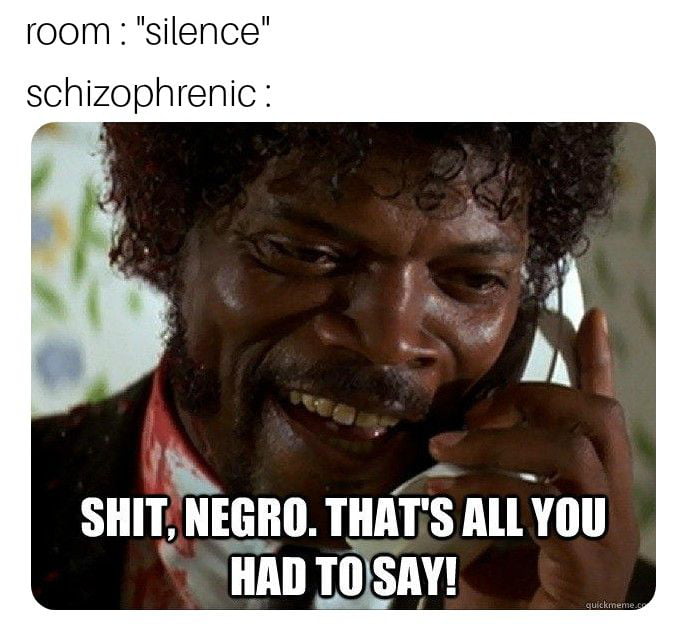 Gotta get low? You better GRAND plié that sucker. Tryna jump? Get some air! When the music slows down, make your movements slow down. Commit to that slow down.
Gotta get low? You better GRAND plié that sucker. Tryna jump? Get some air! When the music slows down, make your movements slow down. Commit to that slow down.
Simple things like a walk, a look, a freestyle – commit to those as much as you commit to the full-out power moves.
Clay gets into the topic of dance commitment in this "Dear STEEZY"!
Dancing with confidence is mostly about believing yourself. Use these 6 tips to help you get there!And even if you don’t yet, know that we believe in you!
And we want to see you killin’ it out there! So keep these things in mind while you do yo thang~
How do you dance with more confidence? Let us know in the comments below!
7 Ways for How to be More Confident on the Dance Floor
You’ve been taking dance lessons for some time now, feel perfectly comfortable with what you’ve learned, and are totally at ease with dancing in front of your instructor, partner, and other students at your studio… but the idea of dancing in front of anyone else, anywhere else throws your stomach into knots. Well, you’re not alone! It’s common. It’s natural. It’s a matter of confidence and a mental roadblock that many people, including other dancers, have had to overcome at some point in their lives.
Well, you’re not alone! It’s common. It’s natural. It’s a matter of confidence and a mental roadblock that many people, including other dancers, have had to overcome at some point in their lives.
As humans, we tend to find ourselves overly concerned with other people’s opinions, nervous about what others with more experience will think, and just too shy to step out of our shells. But as someone learning to dance, and who possibly aspires to scale their growth as a dancer, it’s important to know that nervousness, self-consciousness, insecurity, and anxiety are among the most self-limiting emotions and they’ll keep you from reaching your full potential. There’s good news, though: You can get over these hurdles and, if you were drawn to this article, then you probably were already aware that you needed to, so you’re off to a great start!
Whether you’re a student of dance or you spend your time dancing alone at home, the tips below will help bring you out of your shell and unleash the confident, self-assured, star-studded dancer you’re sheltering within!
1 | Love YourselfConfidence starts from within and it stems from lots of self-administered TLC: self-care, self-love, and self-acceptance.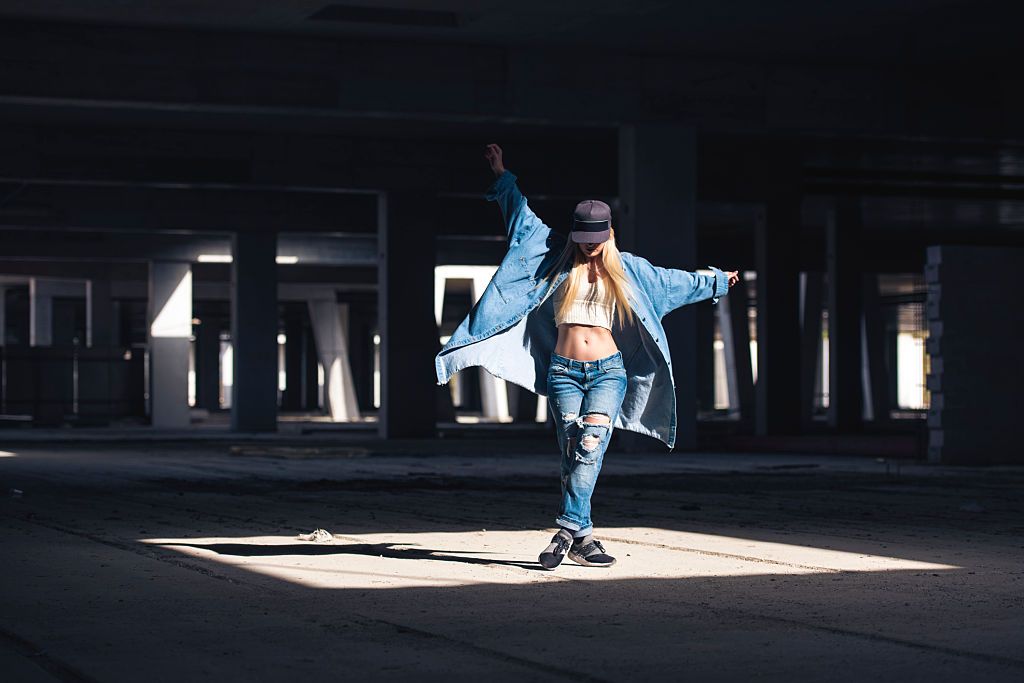 Do nice things for yourself – stuff that makes you smile and makes you proud. Accept the imperfect human that you are (because nobody’s perfect) and be perfectly okay with it, embrace your imperfections and accept that you simply can’t please everyone, pat yourself on the back and acknowledge all of the things that you do so well, and simply believe in yourself! You have to make loving yourself “a mission – not an intermission” and, naturally, the next step will be confidence where the greater you begins to surface, becomes apparent in your everyday life, and most certainly translates to your performance as a dancer!
Do nice things for yourself – stuff that makes you smile and makes you proud. Accept the imperfect human that you are (because nobody’s perfect) and be perfectly okay with it, embrace your imperfections and accept that you simply can’t please everyone, pat yourself on the back and acknowledge all of the things that you do so well, and simply believe in yourself! You have to make loving yourself “a mission – not an intermission” and, naturally, the next step will be confidence where the greater you begins to surface, becomes apparent in your everyday life, and most certainly translates to your performance as a dancer!
It’s undeniable that taking care of our physiques positively sways our self-esteem and confidence, so consider eating well and engaging in a physical wellness regimen. When you work out, your body responds by releasing endorphins and increasing levels of serotonin, both of which have been found to trigger positive feelings in people, resulting in a general sense of well-being.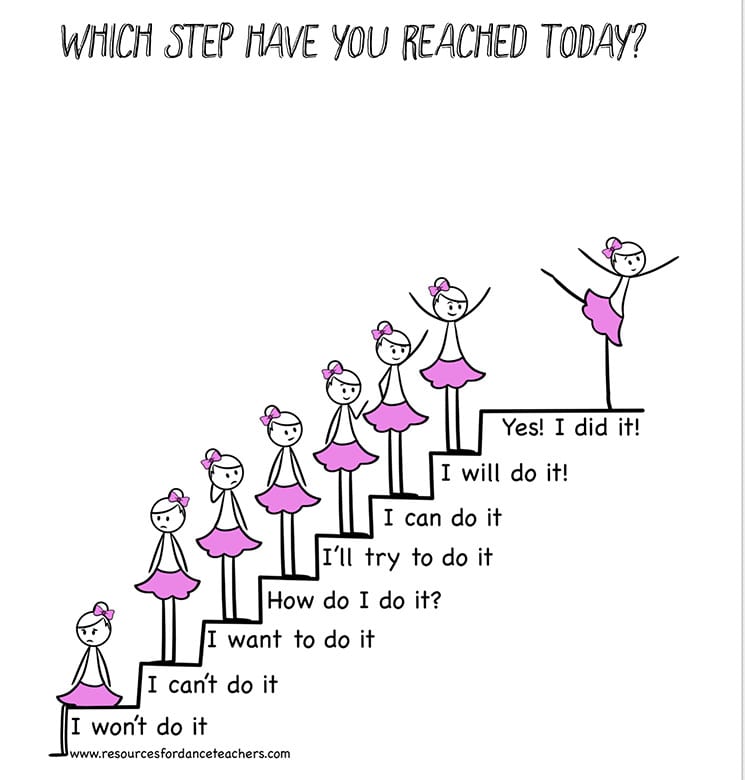 In addition to the biological response, just knowing that you’ve put work into yourself is confidence-boosting, which can play a major role in how you look and feel when you’re on the dance floor! As the saying goes, “If you look good, you feel good and, if you feel good, you do good!”
In addition to the biological response, just knowing that you’ve put work into yourself is confidence-boosting, which can play a major role in how you look and feel when you’re on the dance floor! As the saying goes, “If you look good, you feel good and, if you feel good, you do good!”
They say it “makes perfect” and it’s true! Those who spend more time practicing tend to perform better than those who do not, so don’t just leave your lessons at the door – be sure to practice what you’ve learned in between. According to sleep studies, practicing what was taught to you the same day at least once before bed can be particularly beneficial, as your chances of retaining that information overnight increase significantly. Not only that – when you practice more, you’re engaging in repetition, which helps boost your recall potential and deepen your levels of muscle memory, and when movement starts to feel like first nature, your technique improves, which makes you more comfortable overall. On this trajectory, you’re bound to be much more confident in your execution – even when that means dancing in front of other people.
On this trajectory, you’re bound to be much more confident in your execution – even when that means dancing in front of other people.
Spend a bit of time learning more about human anatomy and its relationship to dance technique. Understanding your own anatomy down to your physical capabilities, limitations, and anomalies can serve as a guide for just how far you’re able to take your technique. If there happen to be certain limitations in your range of movement, for instance, familiarizing yourself with human anatomy – and your own specifically – can give you a better understanding as to why. No need to beat yourself up over limitations that you simply can’t control, so you can wipe your slate clean of feeling incapable and know with confidence that you’re doing your best!
Challenge yourself by dancing with different people; whether you dance alone, or you’re a lead or a follow, practicing with someone other than yourself, your instructor, or your primary partner is a great way to step out of the box and sharpen your skills – it can be inspiring and refreshing, as well! Take your challenge to the next level by exploring new movements through various ballroom and Latin dance styles, like the Viennese Waltz, West Coast Swing, Salsa, Argentine Tango, Lindy Hop, or Merengue.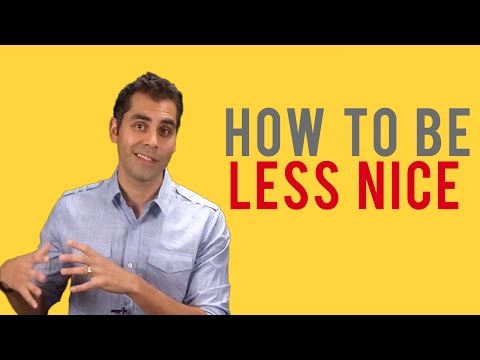 Working with different dancers and trying new styles are good physical and mental challenges that allow you to face the fear of making mistakes, build comfort, and elevate your confidence.
Working with different dancers and trying new styles are good physical and mental challenges that allow you to face the fear of making mistakes, build comfort, and elevate your confidence.
Get on a dance floor and dive in head first! If the music is speaking your language and you feel that drive to dance, don’t be a wallflower or sit there modestly bobbing your head when all you really want to do is “shake your groove thing.” Go for it! Dancing in public, social, or formal settings, such as weddings, parties, nightclubs, competitions, ballroom showcases, local fundraisers, and the like is such a good way to get over any insecurities that you have about people watching you while you dance. It’s also a great opportunity to improve your floorcraft and show off your hard work, which will send your confidence scaling the charts without a doubt!
Dance lessons are structured, yes, but at the end of the day, they’re not entirely formulaic. Once you’re comfortable enough with what you’ve learned and continue sharpening your technical prowess, you’ll eventually want, and will be encouraged, to step out of the mold by adding flair and embellishments through your own personal style, develop your floorcraft, and, perhaps, experiment with improvisation. Dancing is very much an art: It entails creative expression of oneself, and should come from the heart, soul, and mind; when it does, it no longer feels like you’re just memorizing steps and choreography – it feels natural! So, set the bar higher and allow yourself to be one with the music. You’ll feel free, you’ll move better, and your confidence will be sensed by all, you’ll be more of a joy to watch and dance with, and, naturally, a heightened perception of you as a dancer will follow.
Once you’re comfortable enough with what you’ve learned and continue sharpening your technical prowess, you’ll eventually want, and will be encouraged, to step out of the mold by adding flair and embellishments through your own personal style, develop your floorcraft, and, perhaps, experiment with improvisation. Dancing is very much an art: It entails creative expression of oneself, and should come from the heart, soul, and mind; when it does, it no longer feels like you’re just memorizing steps and choreography – it feels natural! So, set the bar higher and allow yourself to be one with the music. You’ll feel free, you’ll move better, and your confidence will be sensed by all, you’ll be more of a joy to watch and dance with, and, naturally, a heightened perception of you as a dancer will follow.
Surely you’ve noticed a common theme in all of these suggestions: Confidence on the dance floor stems from a paired effort between the work you put into dancing and the work you put into yourself. Maintain your physical and emotional health, challenge yourself, push your limits, choose freedom, be uninhibited, and, of course, continue to practice and learn! While training and learning technique are essential to your journey, both positively impacting how you feel, no amount of either will completely replace your self-perception – that’s where the nurturer in you comes in. You can do it!
Maintain your physical and emotional health, challenge yourself, push your limits, choose freedom, be uninhibited, and, of course, continue to practice and learn! While training and learning technique are essential to your journey, both positively impacting how you feel, no amount of either will completely replace your self-perception – that’s where the nurturer in you comes in. You can do it!
What are some things that have helped you to be more confident on the dance floor or what are some methods that have been recommended? If you’d like to share your journey and be the inspiration to someone else, want to ask a question, or would simply like to leave your thoughts, feel free to email us or comment below!
Back to All Blog Posts
90,000 12 life hacks, to quickly learn how to dance from Mamita DanceDances
Author: Pavel Gather
Psychologist, Lecturer Salsa and Tango
Dances
Author: Pavel Pavel
Psychologist, Lecturer Salsa
on At the start, you always want to get a quick result. When it doesn't happen, the hypothesis arises that everything takes time. After a conditionally acceptable time, humility comes to mastering pair dances, which, perhaps, is not given, and I will just do what I learned at least somehow.
When it doesn't happen, the hypothesis arises that everything takes time. After a conditionally acceptable time, humility comes to mastering pair dances, which, perhaps, is not given, and I will just do what I learned at least somehow.
This is the most common story of those who believe that the mere act of attending a pair dance class is enough to learn how to dance.
Absolutely not. If you want to really dance well, you have to make an effort outside of the dance class. A good teacher will definitely be needed, but the initiative should be on your side.
1. Listen to music
The most common and accessible advice that is given already in the first lessons. And it definitely works. Music creates a certain atmosphere of the dance and intuitively you want to move to it. It doesn't matter where you listen to music - in the car, on headphones while walking or doing household chores.
An addition that will help you dance better is your active participation in the music.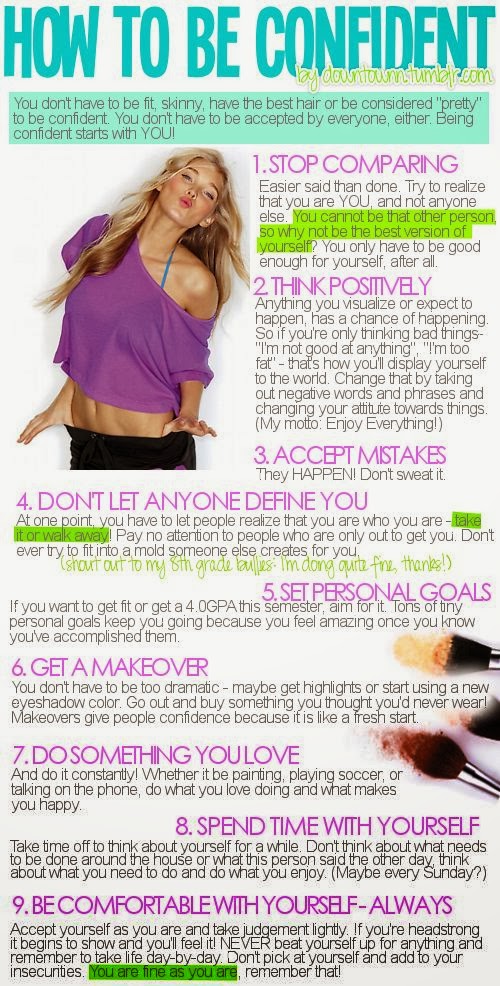 Sing along, dance or simply beat musical accents with any free parts of the body. In the subway, for example, it is enough to tap out bright moments with your fingers, in the car to sing along with sounds, and at home you can jump for pleasure.
Sing along, dance or simply beat musical accents with any free parts of the body. In the subway, for example, it is enough to tap out bright moments with your fingers, in the car to sing along with sounds, and at home you can jump for pleasure.
2. Watch videos of good dancers
It's complicated, but also obvious. It’s more difficult, because without recommendations from more experienced dancers, unfortunately, it’s not so easy to find a good quality video on the net (I mean not the resolution quality, but the content itself).
Meaningful video viewing is about building an understanding of HOW dancers make a particular impression on a partner or viewer. Technology is at the heart of everything. Understanding how the pros do it is a big step forward.
It is important to distinguish a show from a disco dance, a staged performance from an improvisation, a stylized dance from an authentic one, etc. Ask for recommendations and dance teachers will always throw off a couple of videos of worthy landmarks.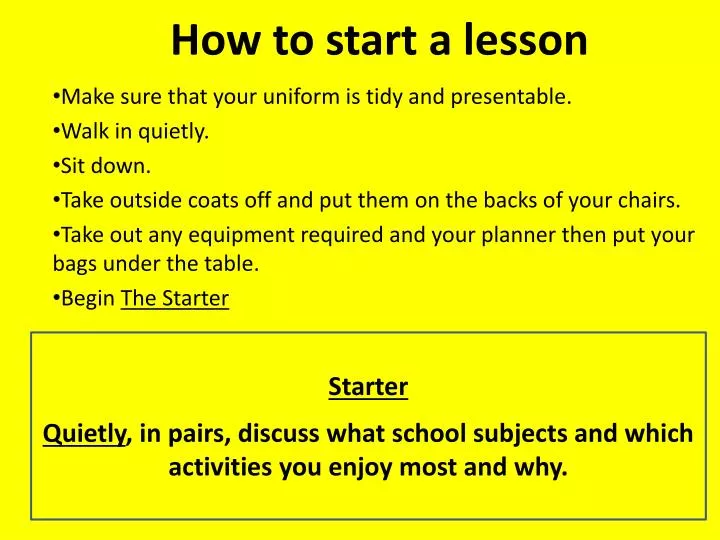
Tango Z. Showreel.
Online modern tango courses
Tango nuevo is the most advanced version of tango. We can quickly learn to dance from zero to a steep level.
| View details |
3. Dance in salsatecas/milongas/discotheques
A very delicate moment when it is worth coming to the first party. From a technical point of view, most students in 1-3 months have a sufficient set of figures and techniques to come and dance calmly. Psychologically, the same moment can be stretched out for an indefinite time. After all, it is imperative to “not lose face”, “learn more figures” and be sure what to do in case “there is an unfamiliar movement”.
In fact, the partygoers don't really care (except for a small layer of non-professional teachers who want to help inexperienced dancers by treating them as customers in the future). It is important to come and try dancing after a month of classes.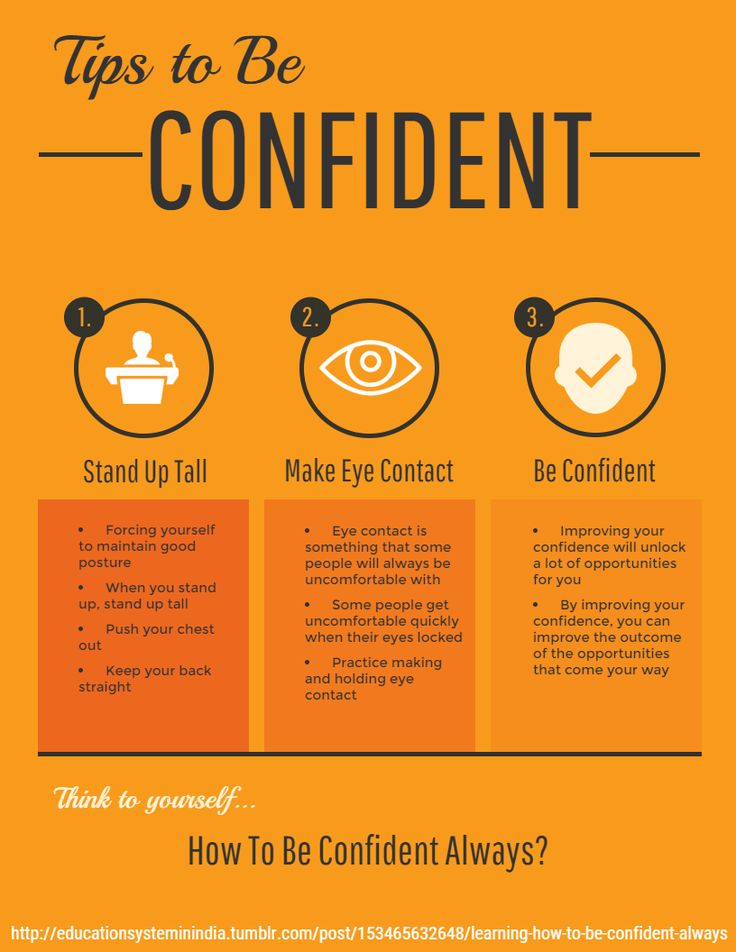 You can only with friends or guys from your group. This will be enough to feel the adrenaline and inspiration from the dance.
You can only with friends or guys from your group. This will be enough to feel the adrenaline and inspiration from the dance.
4. Dance with partners or partners not of your level
The conventional wisdom that you need to practice in groups of your level does not withstand the test of experience. Perhaps now your eyes widened in surprise, and you want to meaningfully read the phrase again. Yes, you saw everything correctly: when you dance with a partner of your level, you don’t grow anywhere.
It's important to understand that not only does it work one way and you have to dance with cooler dancers, but it works even more effectively the other way. It is no coincidence that teaching pair dances dramatically raises the level of the teacher himself. You have an endless stream of very beginner dancers.
How it works. A more experienced partner needs to be "stretched". It's easy and obvious. With beginners, you need to take more initiative on yourself, see the general pattern of the dance more widely, turn on and insure more, try to be an example and be more careful. The quality of interaction begins to grow significantly. And wonderful partners too.
The quality of interaction begins to grow significantly. And wonderful partners too.
Dancing with partners of your level doesn't make you grow. Dance with both beginners and more advanced dancers
Dominican Bachata Women's Style Online Course
Want to learn how to hypnotize those around you with the most appetizing part of your body? On the course we will tell you all the secrets.
| Interesting |
5. Learn to dance for a partner and for a partner
Turks and Argentines are one of the best partners in the world. In Russia, partners are highly valued. Why? The answer is simple. In Argentina and Turkey, it is not questionable for men to ask another man to lead in one piece or another and give feedback on the quality of the lead. For them, it will be a great shame to hear moralizing from a partner, or even more so to be known in the community as an insecure partner.
In Russia, due to the constant, often far-fetched, opinion that there are more women in pair dances, partners calmly get up and study their partner's part. Such partners then grow into very cool dancers and teachers. In no case do this at parties, only in class. Here we are talking only about the learning strategy. At parties, be yourself.
6. Do not memorize the links
Always try to look deeper and understand the through principle and idea of movement. Understanding what and how is done will make it possible to independently generate any sequences and chips.
Human memory is limited and there will always be a moment when something will escape and your repertoire will be limited by the size of RAM.
In Argentine tango, for example, there are seven levels of movement construction that, when mastered, will allow you to make millions of combinations. And how many dance sequences can you really remember? In rueda, more than 150 figures dance in a rare circle.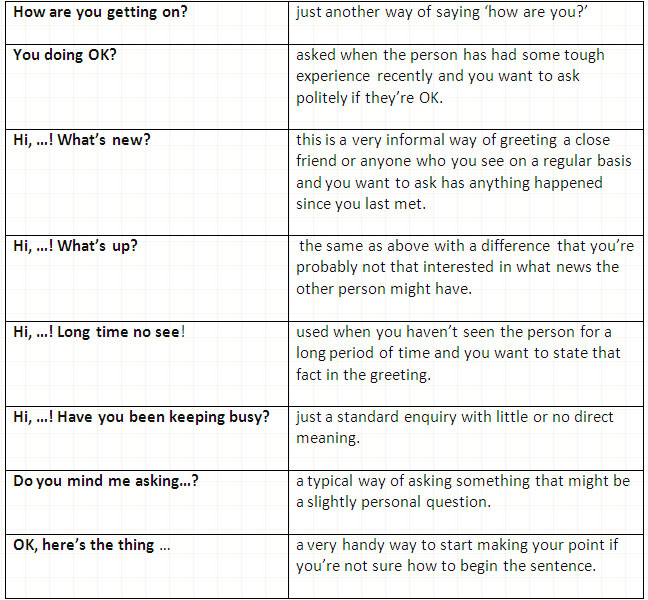 It's hard to keep more in mind.
It's hard to keep more in mind.
7. Develop your body
Many years of experience in teaching couple dance shows that as soon as everyone pairs up in a class, any progress in individual style ends. But it is the individual style that distinguishes everyone at the disco: partners change, and style is always with you.
The body as the main instrument of dance must be very plastic, responsive and emotional. Surprisingly, not all pair dance schools have a general physical warm-up. It is vital to tune the body and understand how it works.
You can always train extra and concentrate more on the basic steps, as their true value is as body work. The sequence of steps is, in fact, the simplest thing that can be in pair dancing. The quality of individual performance determines the craftsmanship.
8. Try on the images of inspiring dancers
A psychological life hack for those who have already mastered the steps, but still feel that there is not enough brightness and drive. Most are terribly afraid of being someone else's "clone". Here the action is the same as under the influence of hypnosis - the more you resist, the more you plunge into an altered state of consciousness.
Most are terribly afraid of being someone else's "clone". Here the action is the same as under the influence of hypnosis - the more you resist, the more you plunge into an altered state of consciousness.
With a high degree of probability, you are already dancing like someone else's "clone". A meaningful fitting of someone else's image is that you mentally take the image of the one who inspires you (inspiration is critical in this case) and "put on" yourself. Then you start dancing and trying to feel in general how it is to be able, for example, to be the best partner or the sexiest partner in a disco. This is much more difficult than it seems. But it works extremely efficiently.
9. Dance to offbeat music
Habitual rhythms keep you tight. Tango salon or speedy timba leave little room for experimentation and fantasy. Pattern dancing is always noticeable and is reserved for beginners.
The truly new is born outside of the usual. Look for places to experiment. If there is no place, organize self-training. The main thing is not to get carried away, because music determines the style. We bring something new to pair dances, rather than trying to change them.
Look for places to experiment. If there is no place, organize self-training. The main thing is not to get carried away, because music determines the style. We bring something new to pair dances, rather than trying to change them.
Search, improvise, don’t be afraid to go beyond, develop in different directions, be inspired by music atypical for the style
10. Try your hand at basic dance directions
dances exist according to their own non-choreographic laws.
This is the deepest delusion, which has turned into a ceiling for the qualitative development of partner dances. After all, all professional dancers, for example, in salsa or bachata, build their ideas on the basic choreographic principles.
Do not think that choreography is only applicable on stage. Any meaningful movement of the body can be choreographic. In general, try classical or modern choreography. Basically, hip-hop can work too.
11. Look for battle sensations
Pair dances return us to an active position of manifestation of our body. As in the days of our ancient ancestors, we impress the members of the opposite sex by how dexterous, hardy, sexy, etc. we are. Modern laws of the jungle in the entourage of big cities.
If you look around the dance floor, it becomes clear that the majority are clearly herbivores (not in the sense of vegetarians, but in relation to those around them). I am sure that predators are always more interesting in terms of the attractiveness of the image - try to find a counterbalance among herbivores, for example, a cat woman or a lion man.
The conversation is about an internal position, not about aggressiveness. Lability and lack of control are inherent in adolescents, and not in adult self-sufficient people.
Accordingly, even a training or friendly battle gives, on the one hand, practical skills - to make a bright sequence of movements, bring an idea to a climax, show a spectacular feature, on the other hand, develops the psychological basis of the dance - self-confidence, resistance to extraneous attention, self-control and self-control in complex elements.
12. Communicate with professionals
The environment shapes the internal position. Basically, real passionaries of the dance community are ready to openly talk, discuss and support the development of dance in every possible way. Universal principles and the ideas they articulate have a much longer and more practical perspective than meets the eye.
Accept that, for example, behind the words "listen to your partner" is not only a beautiful metaphor, but also a practical skill to literally listen to your partner. At the same time, always treat every thought, even the most respected teacher, as a private opinion.
Your skill will lie in finding the scope of the idea even in conflicting opinions. Most often, the contradiction is speculative and the truth lies in the angle of perception or situationality.
Your dancing growth will stop sooner or later. This can happen at the level of three basic steps or years of experience in teaching and show performances.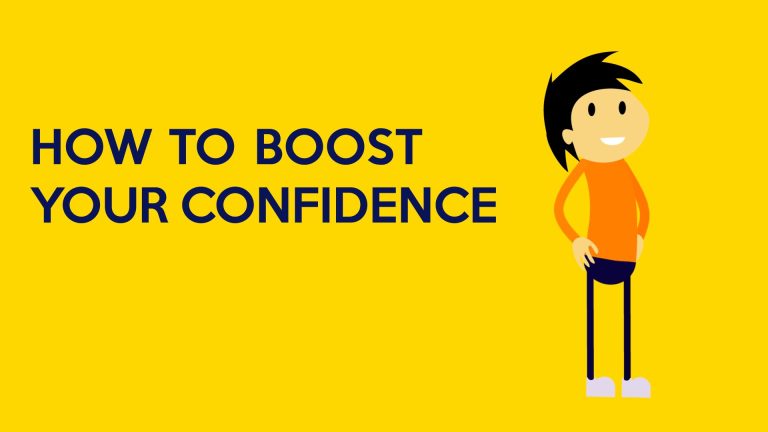 Regardless of your level, the suggested 12 life hacks can get you off the ground and greatly accelerate your dance growth. There is no way here without your motivation and activity. Take your dance development into your own hands. 9Ol000 Dangerous sexuality
Regardless of your level, the suggested 12 life hacks can get you off the ground and greatly accelerate your dance growth. There is no way here without your motivation and activity. Take your dance development into your own hands. 9Ol000 Dangerous sexuality
Salsa: destroyers of stereotypes
Couple dancing as a source of strength.
Self-destruction of the couple dance community
The Salsa series as a mirror of the community
Mamita Fridays: salsa, bachata
Destroying the myths about leading pair dances
Does dancing make us better?
The seven deadly sins of teachers
Why we will never dance bachata like the Dominicans
Why tango?
Dispute over musicality
Selection of dances according to alcohol preferences
Where to find inspiration for dancing?
Terrible tango nuevo
Distribution of roles in a salsa party
Argentinean tango through the eyes of a salsa dancer
Is there a predisposition to dancing?
Which is more effective: individual or group lessons?
Sexual overtones in partner dancing
Does dancing increase self-confidence?
Does dancing increase . ..
..
16 responses
Last - Relcome
#1
#2
#3
#4
#5
Guest
This is true
I have been engaged in dance from 1 class
now I am 21))))) folk, bachata, strip plastic, oriental, west coast, hip-hop
#6
#7
Asya really
#8
Asya
Wow, they also say dancing helps to throw out emotions, right?
#9
Guest
It's true
I've been dancing since grade 1
Now I'm 21))) I was engaged in Russian folk, bachata, strip plastic, oriental, West Coast, hip-hop
#10
90917 17 February, 15:58 9022 11
Vasily
It is not clear what the term "liberate" means.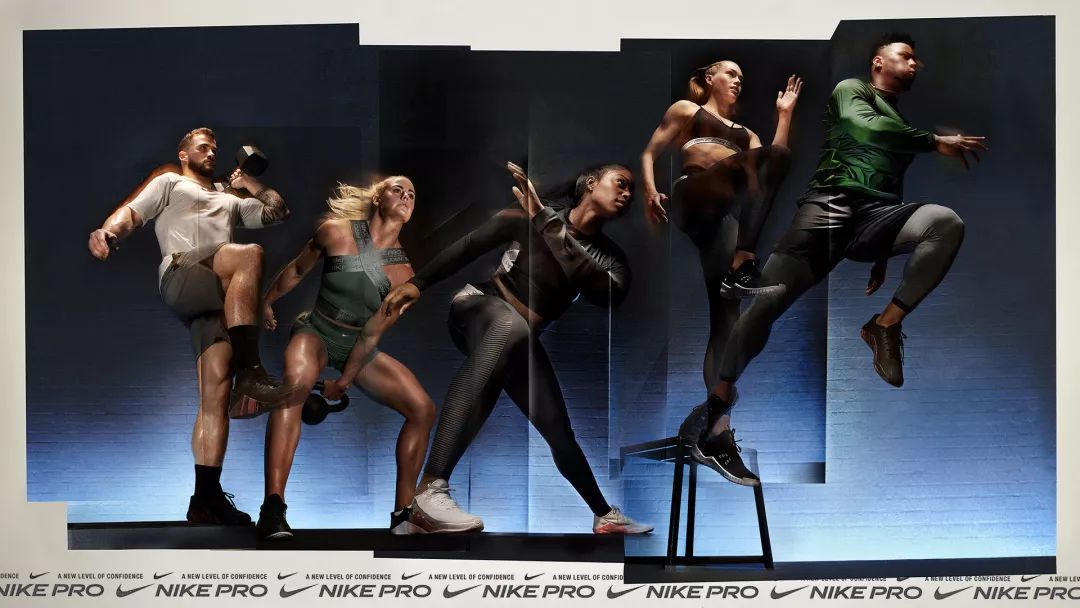 But self-confidence is greatly increased! I have been feeling very confident for many years now. Correct posture, normal gait, reaction has improved a lot, just amazing. And you feel like a "king" in all the places where they dance. True, I want to note that you need to dance such dances that you will be sure that you will find a partner .... Yes, you can dance alone, but this is not enough. Therefore, the Viennese waltz, foxtrot, tango, beat-rock - the necessary gentleman's set ....
But self-confidence is greatly increased! I have been feeling very confident for many years now. Correct posture, normal gait, reaction has improved a lot, just amazing. And you feel like a "king" in all the places where they dance. True, I want to note that you need to dance such dances that you will be sure that you will find a partner .... Yes, you can dance alone, but this is not enough. Therefore, the Viennese waltz, foxtrot, tango, beat-rock - the necessary gentleman's set ....
#12
Andrea
Yes, a waltz and tango - this is a sorry for a good partner with fire in the day 🙈
#13
Vasily
No, this is not the default. Enough classical, because there, if the partner knows, then he leads, and the partner only obeys .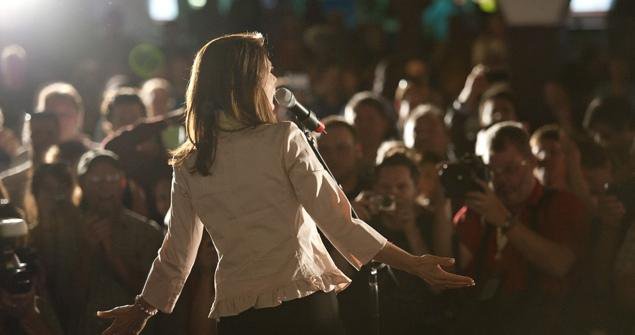 .. If the partner knows how, then it is much more difficult to lead the partner. And the other two generally require the preparation of both, as well as salon tango (the most spectacular, by the way).
.. If the partner knows how, then it is much more difficult to lead the partner. And the other two generally require the preparation of both, as well as salon tango (the most spectacular, by the way).
Viennese waltz - yes, anyone can lead here....
#14
Andrea
Well, you can say the same about salsa. There is a casino, there is LA, there is NY. But if you just dance in a club, then there is enough base, and it is the same for everyone 👌
#15
Vasily
Again, no! The tangos I have listed are completely different. And their music is different, and their movements.
#16
Andrea
And I dance alone.



